When changing countertops in your home, you may get overwhelmed with the variety of options available. Countertops come in many textures, colors, prices, and functionality. It is crucial to select the sturdiest one for places like the kitchen and bathroom to avoid wear and tear after continuous use.
What is quartzite?
You may be wondering: what type of rock is quartzite?
Quartzite is a natural stone, which is a highly durable countertop option available in different colors and designs. However, it is often confused with another popular countertop material-quartz, which is man-made.
Here is a great guide from Caesarstone that can help you differentiate between quartz and quartzite.

How are quartzite countertops made?
Natural stone slabs are mined and precisely cut to produce quartzite countertops. However, most quartzite is highly porous to be used for countertops in their raw form. These countertops are sealed with polyurethanes, wax, or acrylic to restrict liquid from seeping in.
Quartzite is a good option for countertops because of the following features:
Marble like appearance
The glassy finish of marble makes it a desirable material for countertops. However, it’s not a very durable material. Quartzite, on the other hand, provides a marble-like glassy finish with high durability. Therefore, it is used for countertops frequently.
High durability
Thanks to the pressure it undergoes deep beneath the earth, quartzite is even harder and more durable than granite, which is one of the most popular countertop materials. Quartzite is resistant to stains and scratches and lasts very long with daily maintenance.
Low maintenance
It is easy to clean and maintain quartzite countertops. With soap and warm water, you can give these countertops a marble-like shine. Avoid using any abrasive cleaner to save the countertop from any long-term damage.
UV resistant
Quartzite is highly resistant to UV rays. Therefore, they are the perfect choice for countertops in rooms receiving a lot of daylight. These countertops can also be your best choice for outdoor settings.

Cheaper than marble
Quartzite can provide a marble finish at a much cheaper cost. If you are a great fan of marble but hold your desire due to its high cost, then you can pick quartzite as an alternative. However, check with a countertop expert before picking up material for your countertops because, for any stone, there are different varieties and price ranges available for consumers.
However, every countertop material has few disadvantages, and quartzite has some rough edges too.
Although its cons are fewer than pros, you must know them for the effective maintenance of quartzite countertops.
Can’t stand sharp objects
Quartzite is a soft natural stone that can’t withstand sharp objects. If you cut or chop anything directly on the countertop surface, the knife may leave a mark on the surface. Therefore, it is always good to use a cutting board for chopping on quartzite countertops.
Can’t stand high heat
Placing a hot plate or pot directly on the quartzite surface can decolor and damage them. It means that you need to put pot holders or trivets down while placing hot pans on the countertop surface. By doing so, you can maintain the shine of your countertops for years.
Requires frequent sealing
Quartzite has many varieties. While some are sturdy and last longer, some are soft and require frequent sealing. While sealing isn’t a challenge, it still is a factor to consider before buying quartzite countertops.
Available in limited colors
If you’ve ever asked yourself, “what color is quartzite,” it’s important to note that as a natural stone, it doesn’t offer many color choices. You will usually find white and grey with some mixed shades.
Despite these drawbacks, quartzite can be a choice for countertops. If clean and maintained properly, quartzite countertops can shine and add to the aesthetics of your kitchen and bathroom for years.
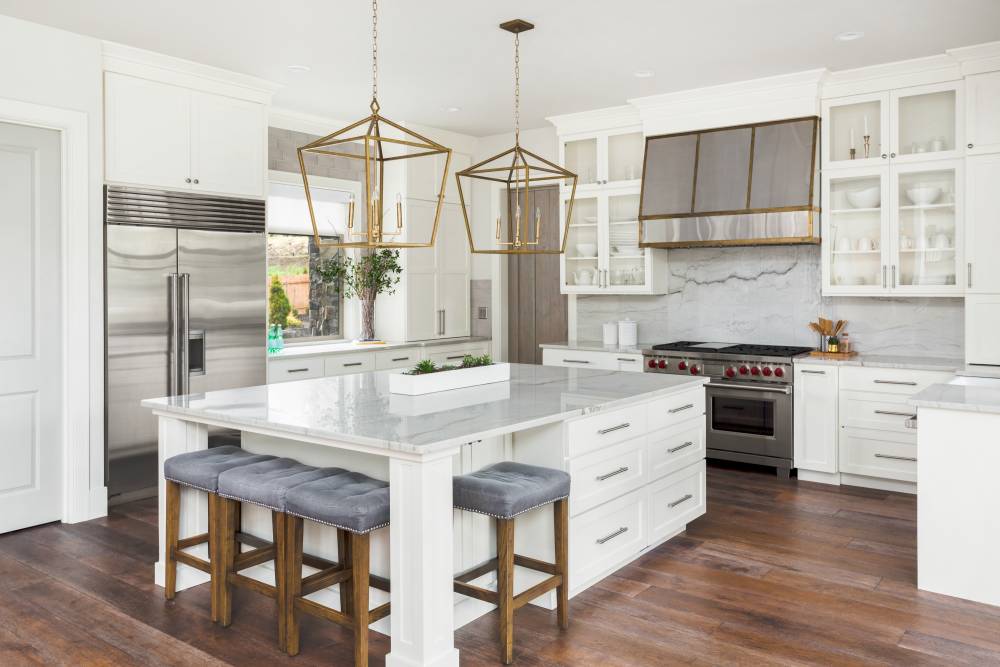
Here are some tips for cleaning your quartzite countertops
· Apply a non-abrasive, low pH cleaner and wipe off with a sponge or soft cloth
· Use dish soap and water to clean the countertop surface
· Stay away from bleach, ammonia, and acid-based cleaners
· Clean the spills immediately; The longer they stay, the more stubborn they become
· Avoid placing hot pots and plates directly on the countertop surface
· Use a cutting board to chop
Quartz vs. quartzite
Going by the name, you may think these two materials are the same. However, they are significantly different. Before you decide on your countertop material, it is crucial to be able to answer the question “what is quartzite” and to know the differences between quartz and quartzite to make an informed choice.
The most significant difference between them is that quartz is man-made, and quartzite is a natural stone formed under a natural process. Since quartzite is untouched by resins, pigments, and other chemicals used in manufacturing quartz, it’s more porous than quartz.
People often confuse quartzite with marble and granite as it has delicate veins like marble and color patterns similar to granite. However, the natural stone has limited colors and patterns to offer.
Quartz, on the other hand, can be engineered to look like any stone in many colors. If you are particular about color and want a similar pattern throughout the countertops, quartz is a better option for you.
Because of its chemically binding process, quartz is a highly durable and low-maintenance material. Quartzite is a fairly durable stone, but its low density makes it susceptible to staining in a heavy use area such as the kitchen. Quartzite countertops require regular sealing to prevent staining and discoloration due to heat and moisture damage.
It wasn’t easy for engineered stone to match the natural beauty of quartzite. However, with significant advancements in countertop stone manufacturing, quartz now offers beauty that outshines natural stone. It can even be made to resemble materials such as granite and marble.
Quartzite is a better option for those who want a natural appearance for their countertops and don’t mind paying a little extra for the luxe these natural stones add to their kitchen and bathroom.
However, if you want a variety of colors and patterns to choose from and want to settle for something that looks and feels like quartzite without breaking your bank, then quartz can be your best bet.





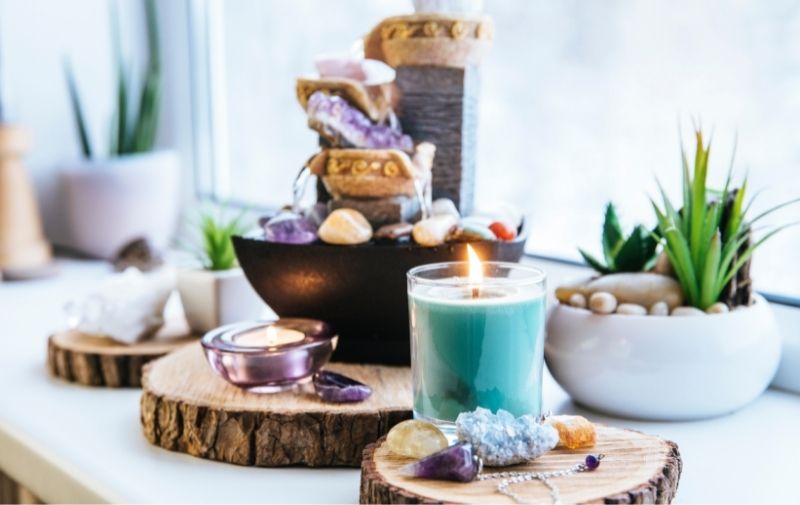

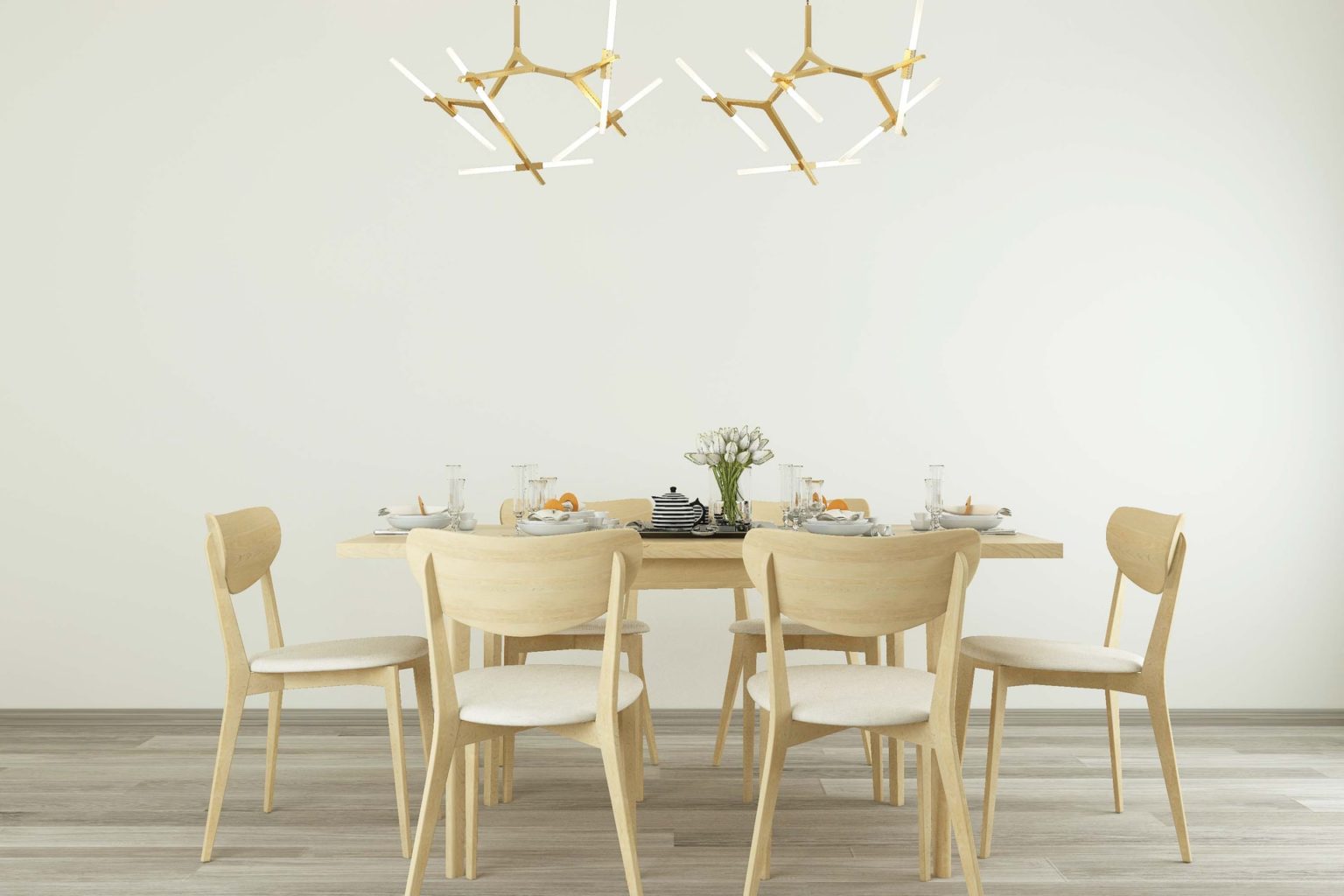


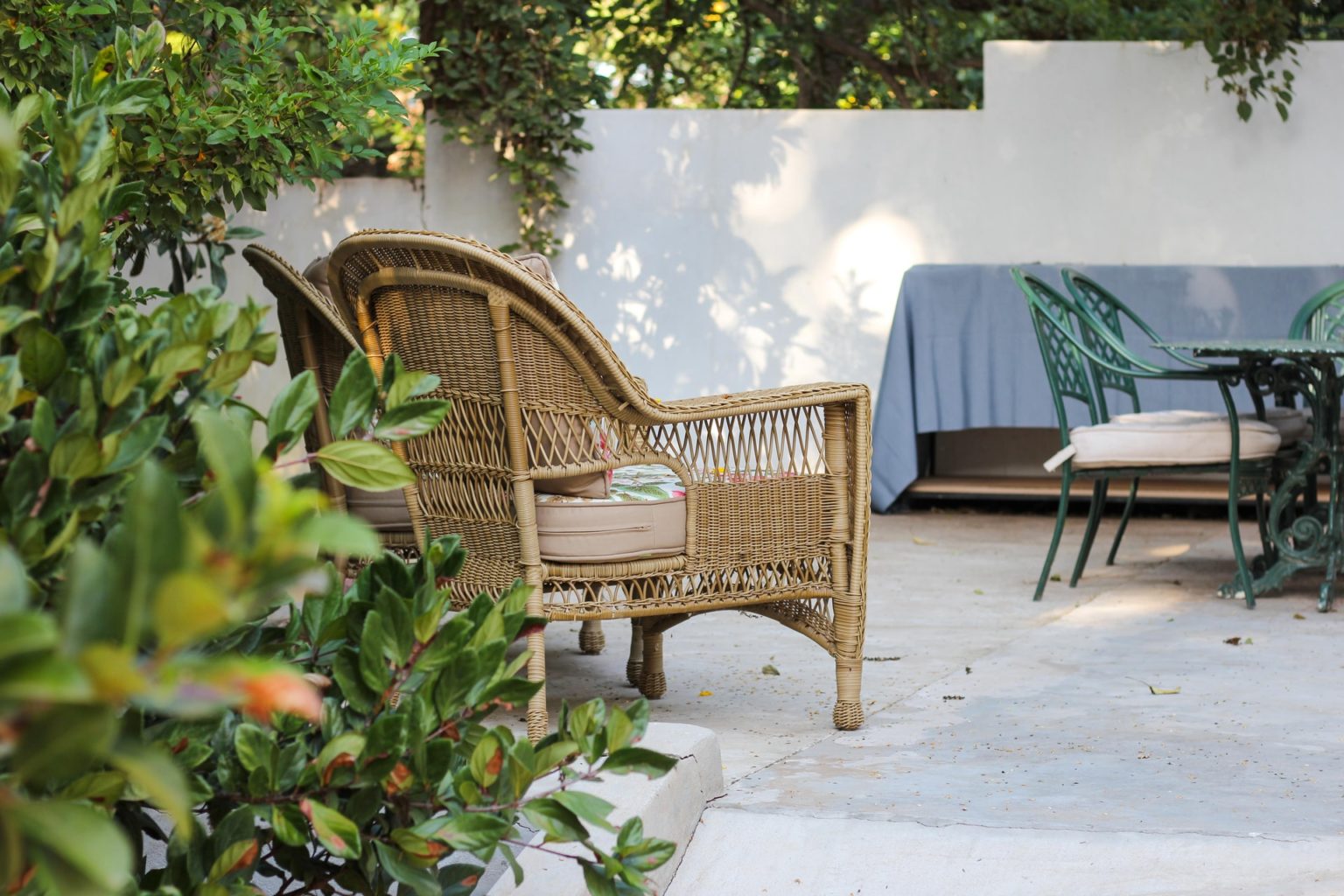
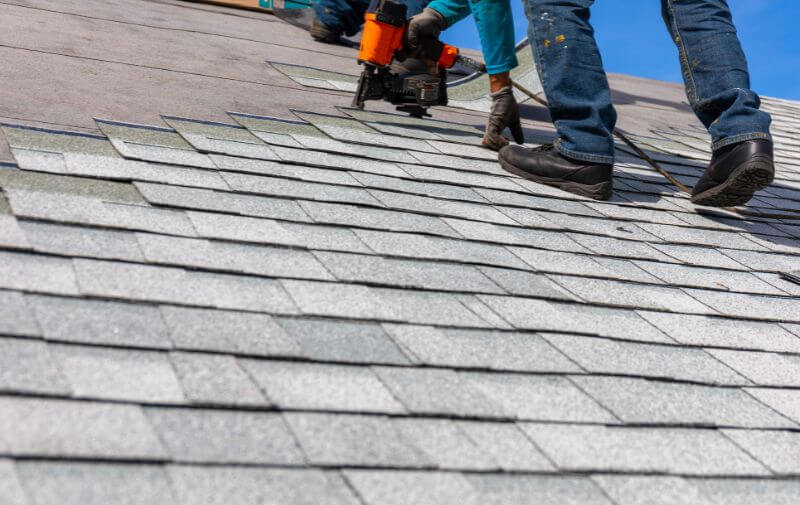
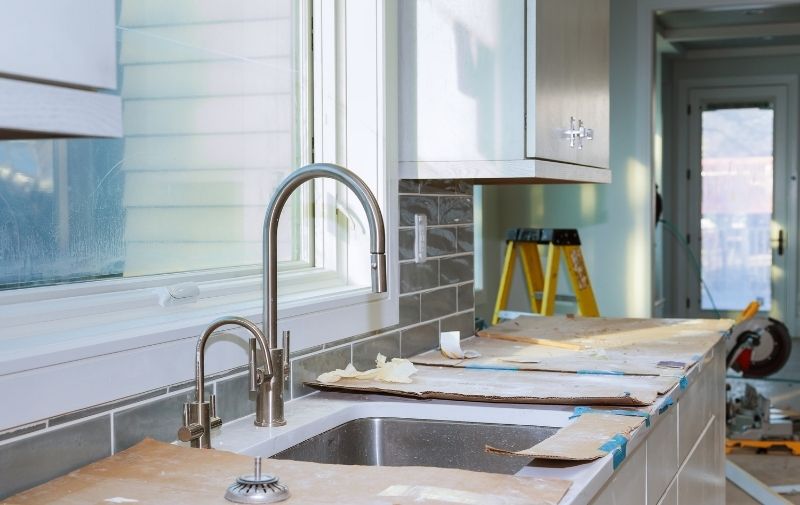

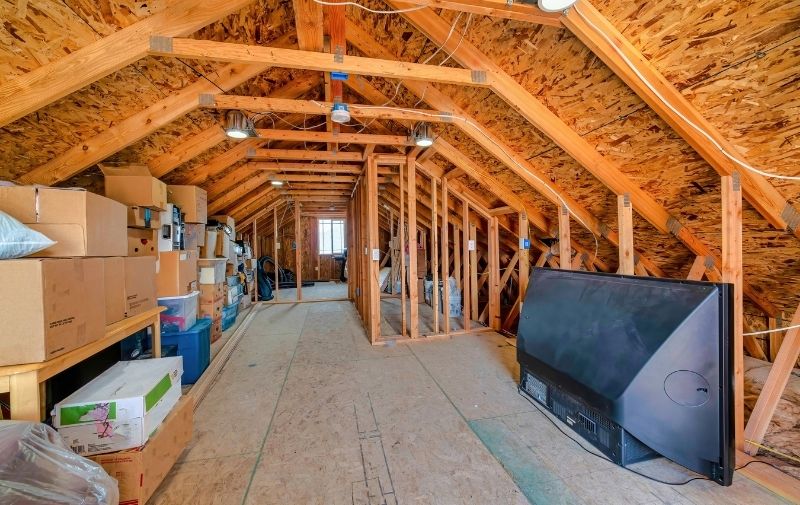
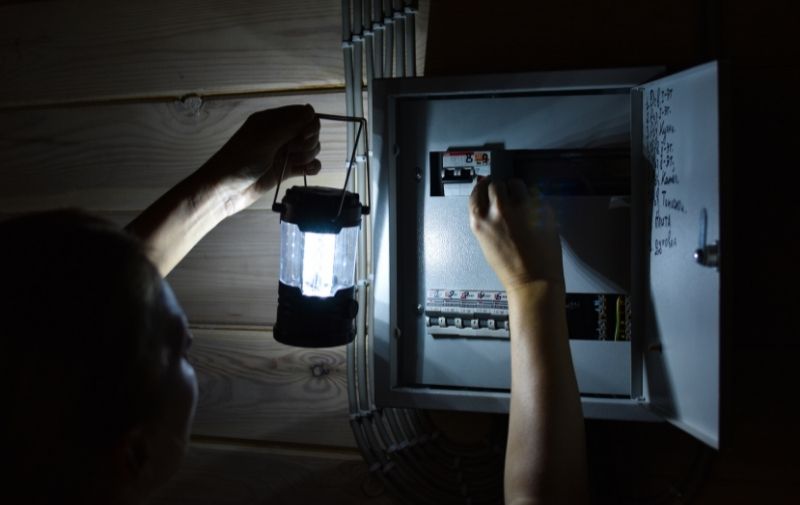
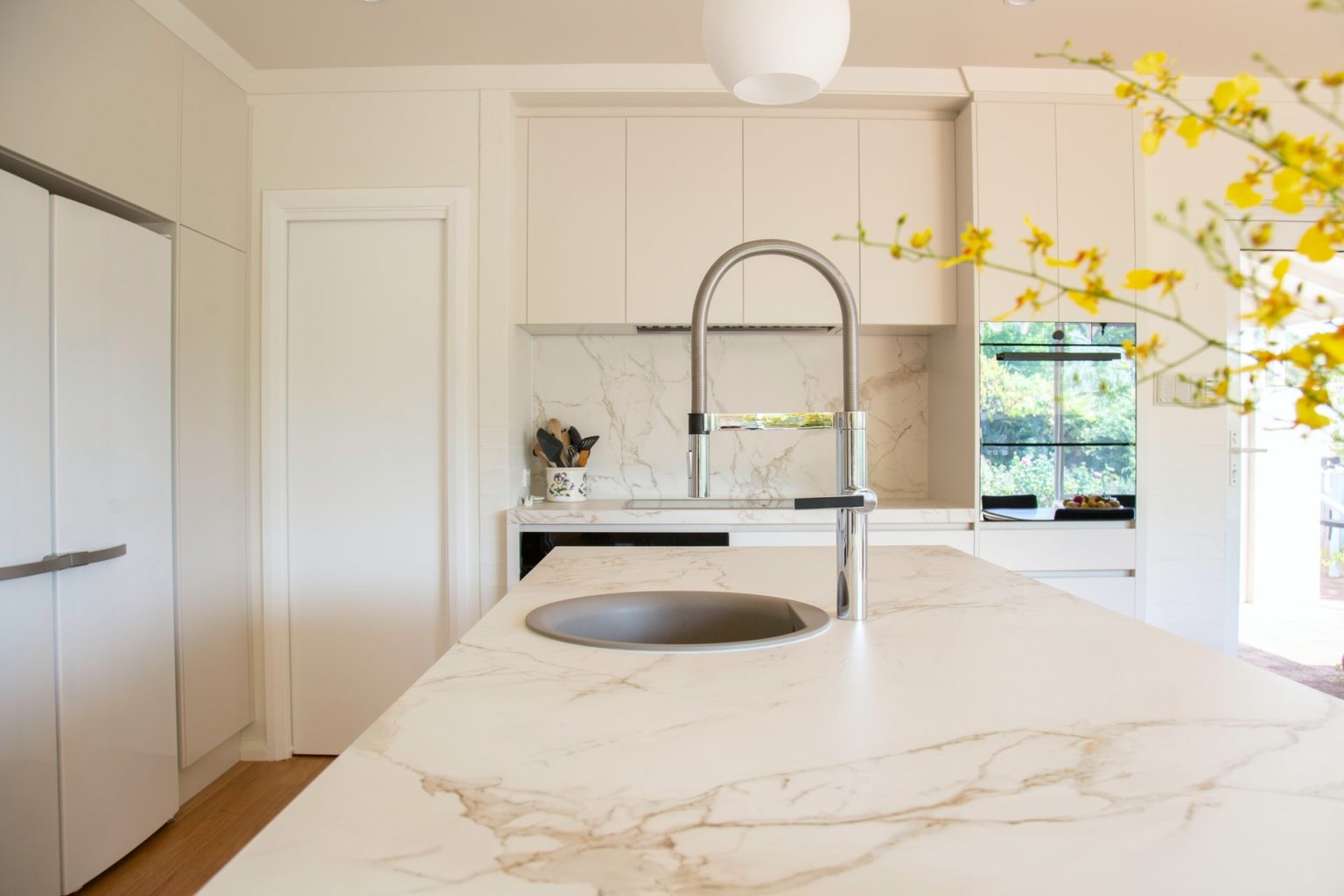
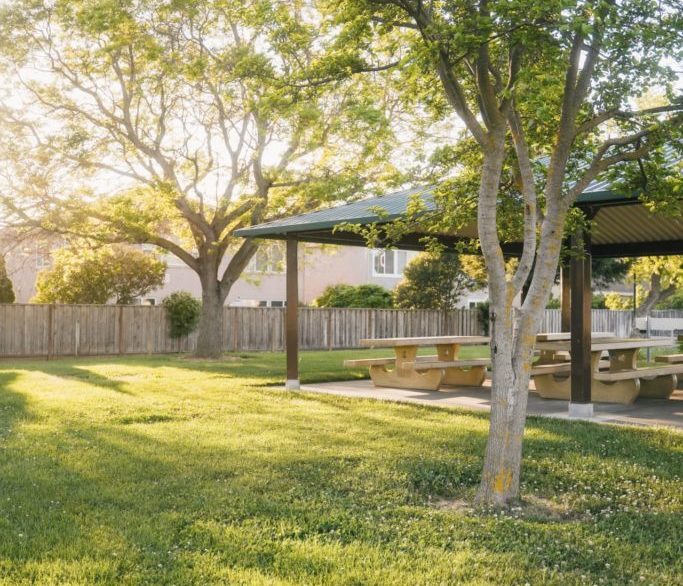




Leave a Reply